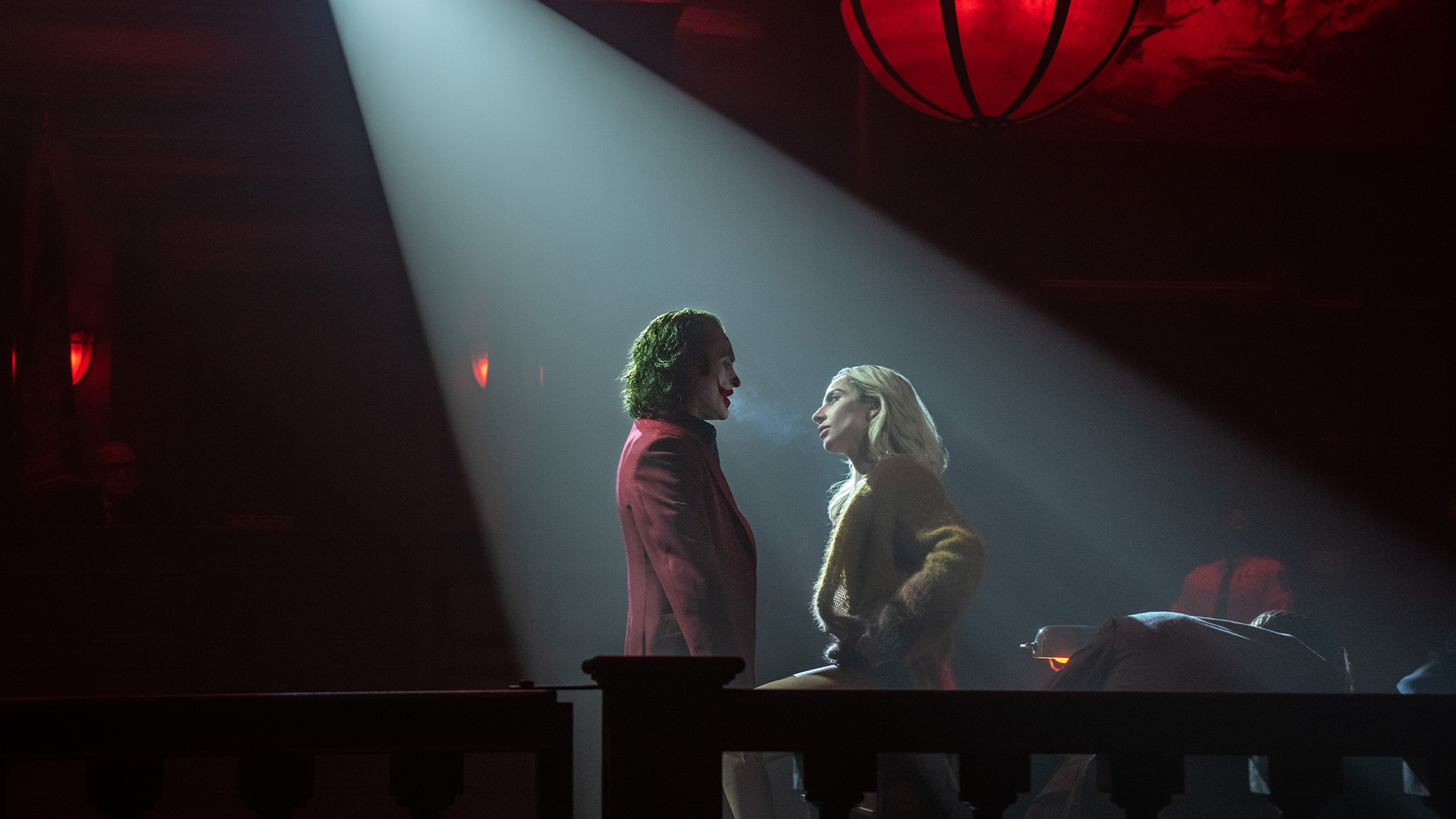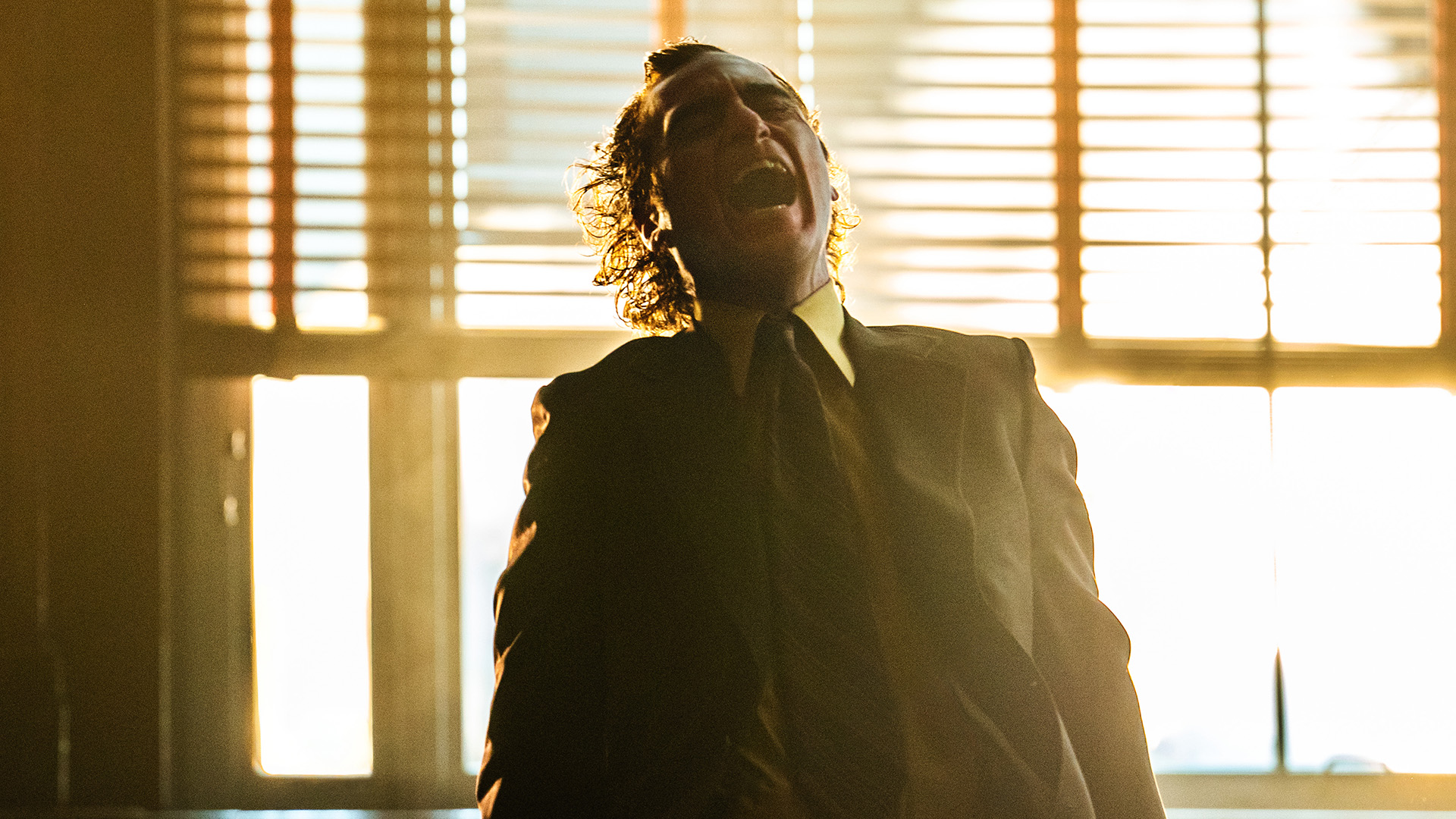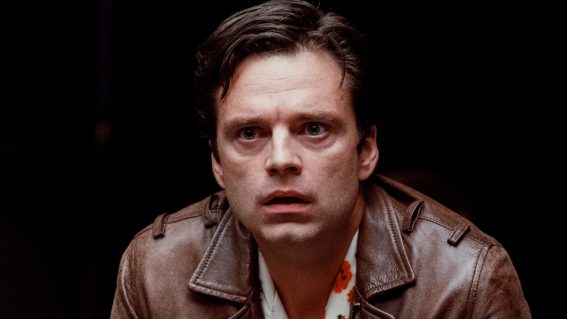Deeply insecure, Joker: Folie à Deux isn’t just uninteresting – at times, it’s excruciating

Joaquin Phoenix returns to the role that earned him an Academy Award, reuniting with director Todd Phillips and joined by Lady Gaga in Joker: Folie à Deux. At Venice Film Festival, Rory Doherty is left begging for (no) more.
Joker: Folie à Deux
What are we supposed to get out of Todd Phillips’ Joker movies? A scathing glimpse into society’s institutional barbarity? A non-canon look at a famous comic-book villain that slyly unpicks the character’s DNA? Another contender for DC’s one-upmanship to see who can take the Batman world most seriously? Perhaps it’s less existential, and Phillips sincerely values a performance-driven crime story that blends realism, pulp, and dreamlogic to give a franchise character a journey we’ve not seen before.
All of these goals sound legitimate enough and you could argue that any of them are the thesis statement of the Oscar-winning Joker or its sequel, Joker: Folie à Deux, which sees unstable comedian Arthur Fleck (Joaquin Phoenix) locked up in Arkham State Hospital after the string of murders against people he felt in some way had wronged him, culminating with late-night host Murray Franklin (Robert De Niro) getting shot in the face on live television.
The problem is that Folie à Deux would rather have its audience think it has a wide, intelligent and sensitive scope than actually, successfully, see one of these artistic angles through. It’s a film that’s deeply insecure of itself, as if it’s aware that the dam is about to break on everyone realising just how silly this creative exercise is, so it gracelessly bumps up against any theme or narrative thread it can. The film gives Arthur what he always wanted—someone to love him and love in return—and then realises that nothing much has changed because he just does not have anything going on.
Despite an eagerness to not be boxed in by what we think a Joker movie can be, Folie à Deux tells basically no story, lingering in the ripples of its predecessor and dissecting its notoriously unsubtle character arcs with blunt, inexact surgical tools. Just when you’re ready to dismiss it out of hand, Folie à Deux beckons us with, “It’s a musical! It’s a musical!” and true to its word, it employs the dynamite musical talent of Lady Gaga for a shifty, desaturated version of Batman rogue gallery A-lister Harley Quinn. “Lee” uses her early proximity to the quiet interned Fleck in a minimum security wing of Arkham gives her an enabler-like role to encourage his inner Joker to step back into the light, and to the film’s credit, the attempts to shackle the independent story to the Batman mythos are less clunky than the first film, and manage to smuggle a few fleeting winks about the trajectory of Assistant District Attorney Harvey Dent (Harry Lawtey).
But Folie à Deux’s musical numbers—nearly all old-timey showtunes—still wince at the theatricality demanded of them. Because Phillips is unwilling or unable to go full-Chicago with his non-diegetic song-and-dance numbers, he stresses that they all happen within the characters’ imagination so they do not compromise the rigid grim realist tone. When Phoenix and Gaga do sing, it’s often done so naturalistically—with actors barely moving their mouth and breathily stuttering the ironically-optimistic lyrics—that you wonder what the point of the genre-mash even was.

Occasionally Joker and Harley appear on a jazz bar stage or a taped variety show set, but these tangents would interest more if they happened within the film’s reality and not an isolated fantasy. As it stands, the long, punishing scenes of Arthur’s incarceration offer nothing of interest until the climactic beats of the third act—you cannot satisfy an audience with interludes if you insist on pointing out they didn’t actually happen. While classic Hollywood musicals spun into fantasy and dream ballet, they did contradict them with an inert story and grim tone—everything in the production felt coherent.
When Fleck does return to Joker’s clown make-up and red suit in real life, as he does when acting as his own legal counsel in his trial, it’s excruciating. Phoenix is a very funny performer (Inherent Vice proves this in abundance) but his performance here is far too interested in acting strange, off-key, and tortured to ever get a grip on the showmanship of the character. We’re told that the Joker exists more as a symbol to the disaffected of Gotham, but beyond gaggles of groupies flooding his courtroom, there is no evidence why this has happened or how it affects Arthur’s relationship to the persona.

No matter how you dress it, there is a fatal problem with the vision of Phoenix, Phillips, and co-writer Scott Silver. On film, the Joker is only a criminal mastermind because of his insanity; he was pushed to the brink by cruel fate, and the new persona that took shape from fractured pieces was more nihilistic, anarchic, and altogether ingenuous than he could have been before the vat of acid (please substitute your preferred origin story here).
Phillips has been clear that Arthur Fleck is not destined to become the Clown Prince of Crime, and judging the character based on past Joker antics is unfair. But what is compelling about the Joker is that we know some change has taken over him, but we cannot articulate exactly what happened inside his head to make him like this. Phillips and Phoenix have now spent four hours trying to do just that, and have wasted a lot of time trying to justify themselves doing so with misguided mental illness themes and painfully bland fantasy sequences.
Arthur Fleck has banal impulses, he is plagued by crude psychological disorders, and has no personality—Folie à Deux thinks that the most meaningful thing to do is dig deeper in the hopes that it’ll discover something poignant that wasn’t there in the first place. It is not that this version of the Joker is inherently wrong, but it is uninteresting. Please let us be done with this.
Originally published by Flicks on September 5, 2024



















